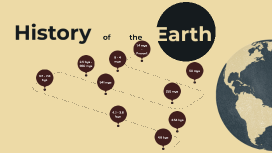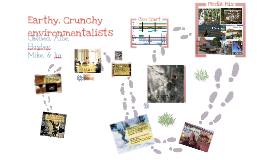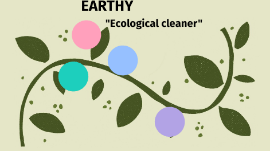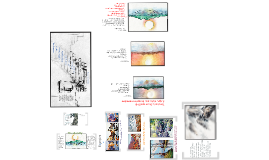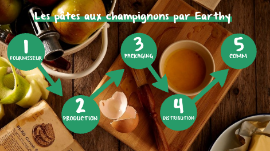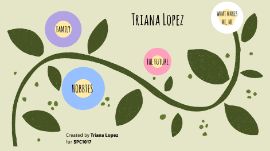Earthy Expression
Transcript: Earthy Expressions of Emotion: Original Landscape Designs Lesson Goals The Process Draw final design in sharpie on your water color paper Focus on how landscapes can be visual metaphors for identity and emotion Learning to identify will strengthen the students' senses of self Plan your design, with thoughtful use of line, color, value and unity Learn how to express ideas using metaphor What metaphors could these paintings represent? What do you notice about line, color, value or unity? Teacher's Show and Tell! & tips, tricks and things to remember Painting # 3 The Final Product Students won't get three chances Recommend starting with line Discuss line, color, value and unity Discuss representation (metaphor) and reflection of art work Mix colors choices on extra paper The Activity by Graham Gercken What do you think the artist is expressing about this place? How does this place make you feel? Prioritize the list, so that the focus and content are considerate Characteristics: Panoramic view, wide with vanishing end points -Open minded, inclusive Mountains -Great depth and many levels Green, strong Reflective, cool Warm, bright What are we making? What are we making it out of? How big will it be? How much time do we have? What is it supposed to look like? What elements and principles should it have? What is a metaphor? Can it be a real place? Does it have to be a real place? What landscape features describe aspects of ourselves? What you should look for water color paintings by David Drummund Painting # 2 "Is this about sunsets?" Use of the line, color, value and unity Keeping aspects that are liked and changing aspects that are not liked In Chinese art, landscape paintings and poetry are considered spiritual ways to connect with many theological philosophies, especially Daoism, which is centered around respect for nature and the nature of being. BIG IDEA: Practice water color techniques on extra paper Assessment: Everyone will write what they really want heard. Please be considerate. All comments will be read out loud anonymously. Inappropriate comments will not be read or will be censored. Statements should be either 6-7 sentences elaborating on the same thought or 2-3 sentences explaining 3 different thoughts. What's HAPPENING? Introduce activity Share examples Discuss Criteria Teacher's "show and tell" discuss process Tips and Tricks Woulds and Wouldn'ts Questions/Answers ACTIVITY TIME!!! Assessment :) Discuss reflections What you should know & tips HAVE FUN! Assess and Reflect Examples Learn how to express identity lesson by Calli Loskill BIG PICTURE: line: a mark that spans a distance between two points (or the path of a moving point), taking any form along the way. As an art element, line pertains to the use of various marks, outlines and implied lines in artwork and design, most often used to define shape in two-dimensional art work. color: reflected light, tones and hues unity: how well different parts of an artwork build on each other. Harmony, not the same as unity, is achieved by using similar elements throughout the work, giving an uncomplicated look to a piece of artwork or sculpture. value: the relative lightness or darkness of a color. It defines form and creates spatial illusions. Contrast of value separates objects in space, while gradation of value suggests mass and contour of a contiguous surface. metaphor:The representation of a person, place, thing, or idea by way of a visual image that suggests a particular association or point of similarity Sense of style, personality, character You will be able to describe the tone of the artwork and make an educated guess at its meaning What metaphors could these landscapes represent? What do you notice about line, color, value or unity? by Graham Gercken Teacher's Example Draw at least three rough drafts in pencil and then sharpie We will focus on line, color, unity and value Make a list of characteristics that describe a landscape and yourself Learn how to express ideas using the elements and principles of Art and Design Remember, done is BETTER than perfect by Julie Gilbert Pollard What do you notice about line, color, value or unity? Painting # 1 The general idea Exploration with water color Experimentation Doubt/Dislike Change Keep the end result in mind Water color your line design! Lesson Overview by Derek Mccrea Think of mistakes as opportunity






